Gaze
Recent articles
Mutation in top autism-linked gene may alter eye reflex
The discovery could help clinicians diagnose children who carry mutations in the gene, called SCN2A, and gauge their responses to potential therapies.
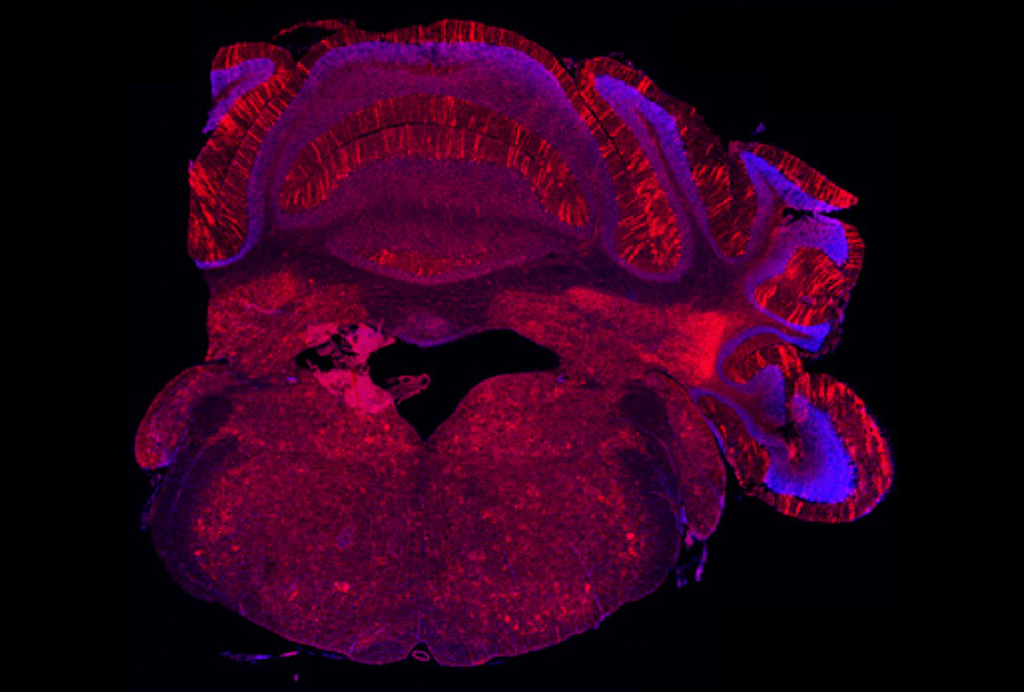
Mutation in top autism-linked gene may alter eye reflex
The discovery could help clinicians diagnose children who carry mutations in the gene, called SCN2A, and gauge their responses to potential therapies.
New tablet-based tools to spot autism draw excitement — and questions
Handheld devices promise to bring autism detection home, but many researchers urge caution.
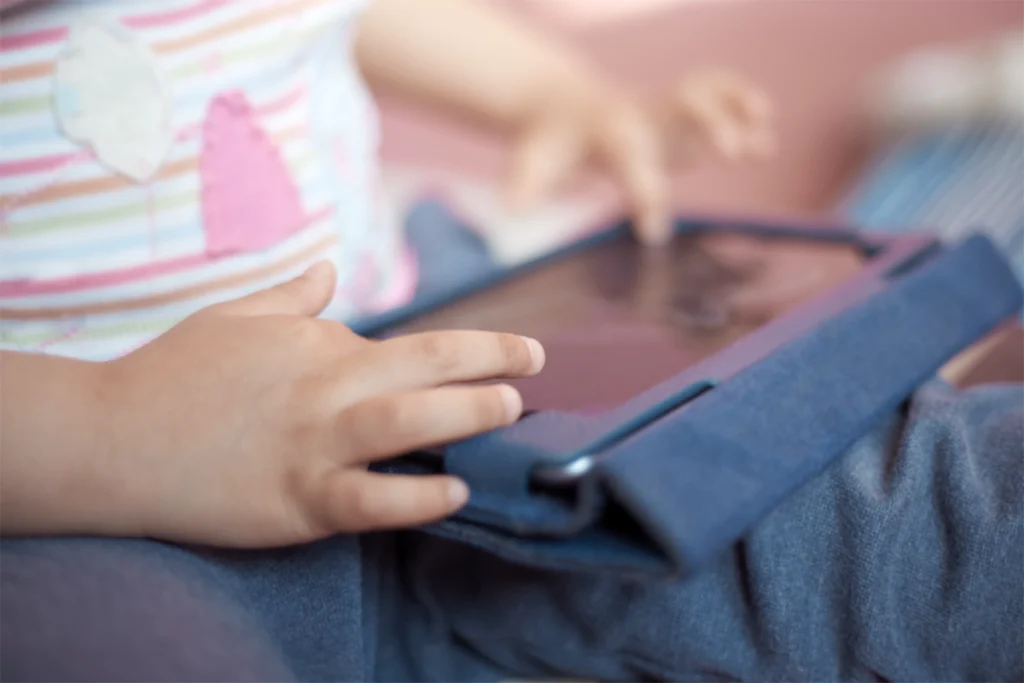
New tablet-based tools to spot autism draw excitement — and questions
Handheld devices promise to bring autism detection home, but many researchers urge caution.
Looking at eye tracking’s potential for clinical trials
This month’s Going on Trial newsletter explores how eye tracking might be used beyond helping with diagnosis, among other drug development news.

Looking at eye tracking’s potential for clinical trials
This month’s Going on Trial newsletter explores how eye tracking might be used beyond helping with diagnosis, among other drug development news.
Tablet-based tool to spot autism validated in two studies
The new tool could help clinicians diagnose autism in children younger than 3, the findings show.
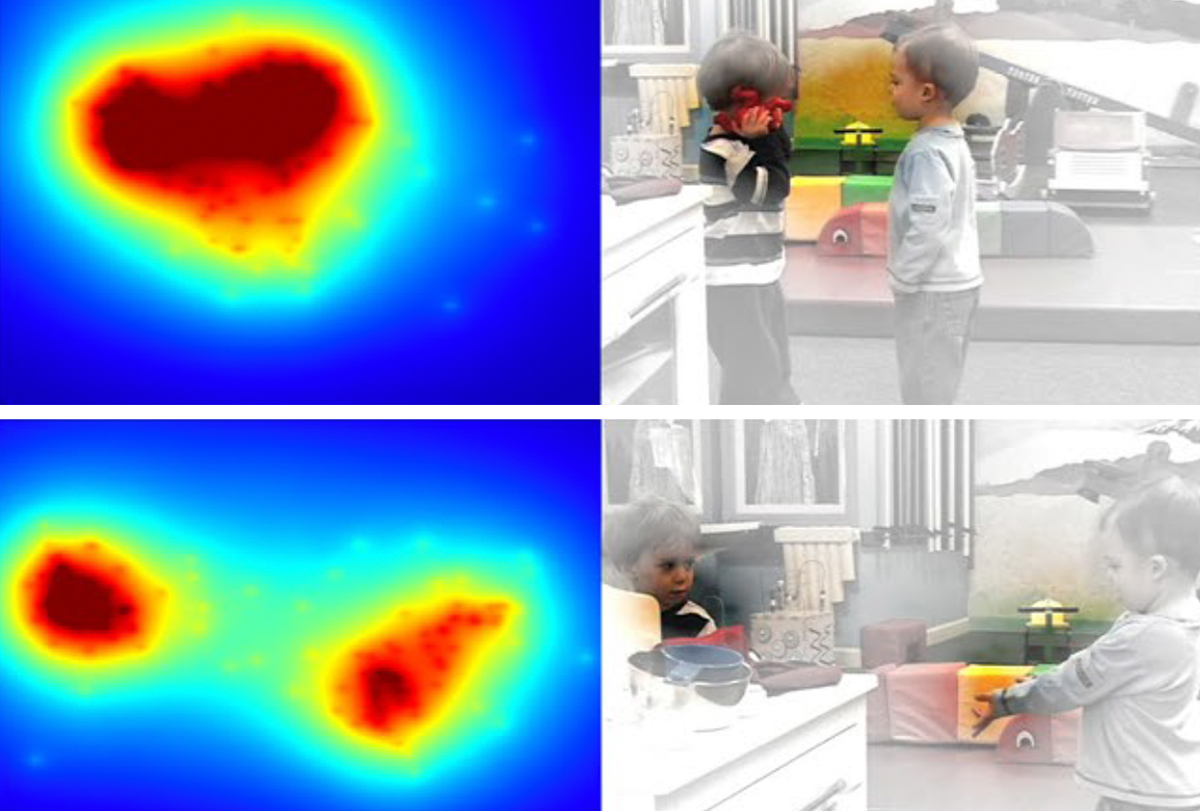
Tablet-based tool to spot autism validated in two studies
The new tool could help clinicians diagnose autism in children younger than 3, the findings show.
Null and Noteworthy: An ineffective therapy and an effective biomarker
In this edition, a strategy to help autistic children adapt their skills to new situations shows no benefit, but an early-life autism biomarker does.
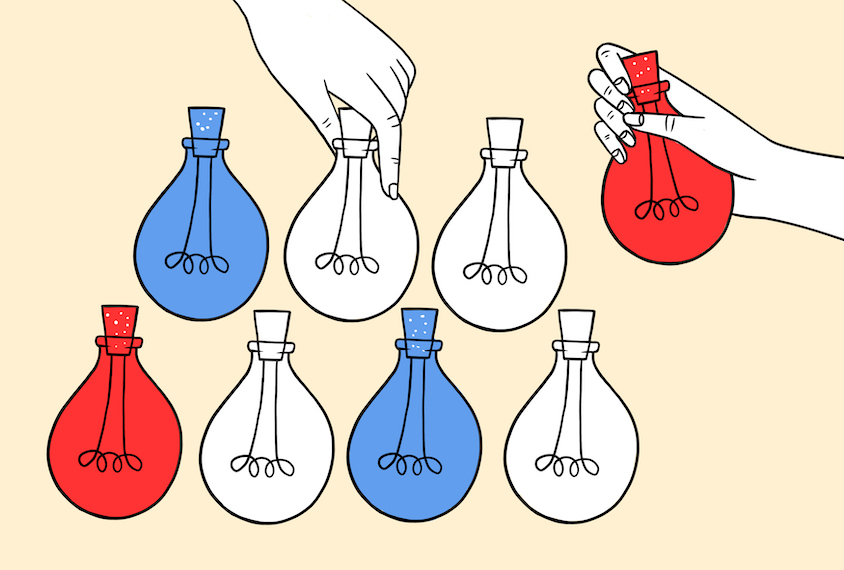
Null and Noteworthy: An ineffective therapy and an effective biomarker
In this edition, a strategy to help autistic children adapt their skills to new situations shows no benefit, but an early-life autism biomarker does.
Alexithymia, not autism, may drive eye-gaze patterns
How autistic people look at a face may be linked more to alexithymia, a condition marked by difficulties recognizing one's own emotions, than to autism.

Alexithymia, not autism, may drive eye-gaze patterns
How autistic people look at a face may be linked more to alexithymia, a condition marked by difficulties recognizing one's own emotions, than to autism.
Social attention shows sex difference in autism
Autistic boys and men are less attuned to social stimuli than autistic girls and women are, according to new unpublished work.

Social attention shows sex difference in autism
Autistic boys and men are less attuned to social stimuli than autistic girls and women are, according to new unpublished work.
Infant siblings of autistic children miss language-learning clues
So-called ‘baby sibs’ watch adults’ faces just as much as children without autistic siblings do, but they don’t understand spoken language as well.

Infant siblings of autistic children miss language-learning clues
So-called ‘baby sibs’ watch adults’ faces just as much as children without autistic siblings do, but they don’t understand spoken language as well.
Virtual-reality system tracks eye gaze in real-world settings
A new eye-tracking program for VR headsets captures nuanced aspects of social attention in autistic people.
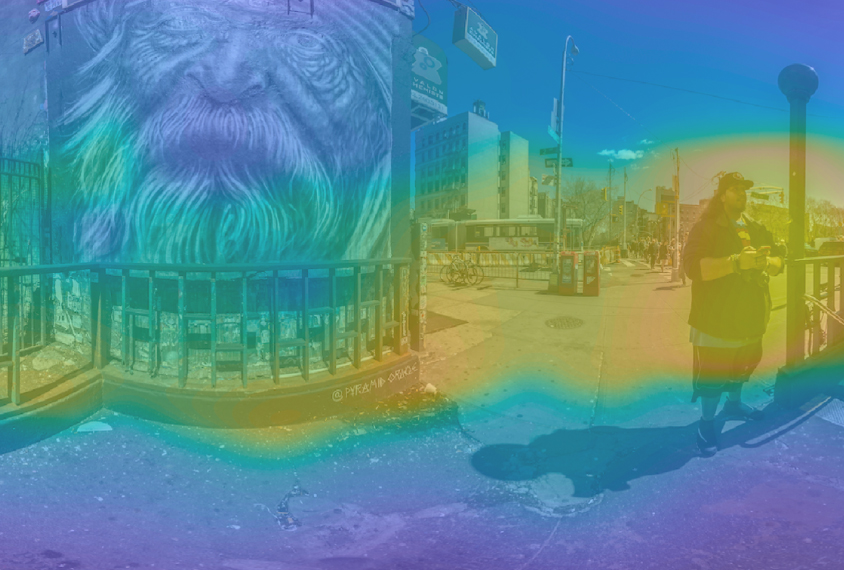
Virtual-reality system tracks eye gaze in real-world settings
A new eye-tracking program for VR headsets captures nuanced aspects of social attention in autistic people.
Gaze-tracking app predicts autism diagnosis in toddlers
A mobile phone app that tracks a toddler's gaze as she watches short videos can distinguish between children who later receive an autism diagnosis and those who do not according to a new study.
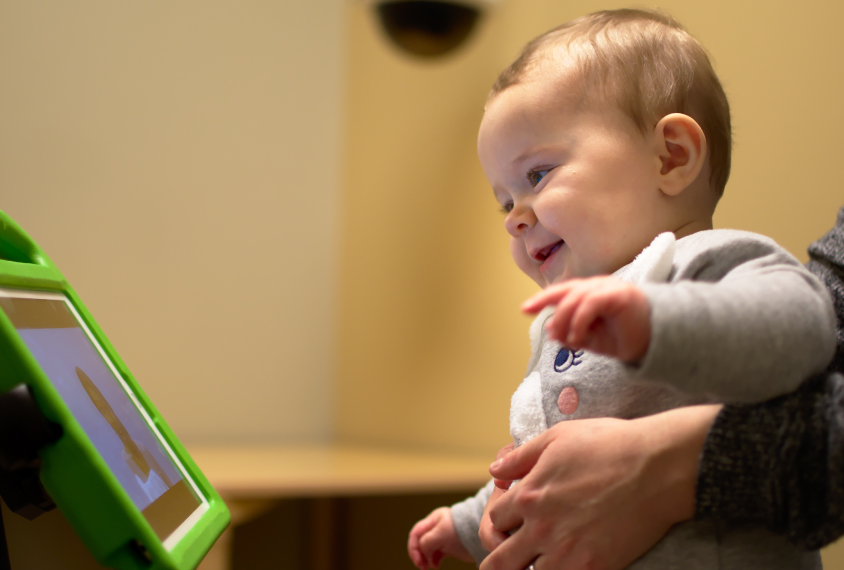
Gaze-tracking app predicts autism diagnosis in toddlers
A mobile phone app that tracks a toddler's gaze as she watches short videos can distinguish between children who later receive an autism diagnosis and those who do not according to a new study.
Explore more from The Transmitter
Psychedelics research in rodents has a behavior problem
Simple behavioral assays—originally validated as drug-screening tools—fall short in studies that aim to unpack the psychedelic mechanism of action, so some behavioral neuroscientists are developing more nuanced tasks.

Psychedelics research in rodents has a behavior problem
Simple behavioral assays—originally validated as drug-screening tools—fall short in studies that aim to unpack the psychedelic mechanism of action, so some behavioral neuroscientists are developing more nuanced tasks.
New organoid atlas unveils four neurodevelopmental signatures
The comprehensive resource details data on microcephaly, polymicrogyria, epilepsy and intellectual disability from 352 people.

New organoid atlas unveils four neurodevelopmental signatures
The comprehensive resource details data on microcephaly, polymicrogyria, epilepsy and intellectual disability from 352 people.
Can neuroscientists decode memories solely from a map of synaptic connections?
Five experts discuss the progress, possibilities and hurdles of decoding a “nontrivial” memory from an organism just by analyzing its brain connectivity patterns.
Can neuroscientists decode memories solely from a map of synaptic connections?
Five experts discuss the progress, possibilities and hurdles of decoding a “nontrivial” memory from an organism just by analyzing its brain connectivity patterns.